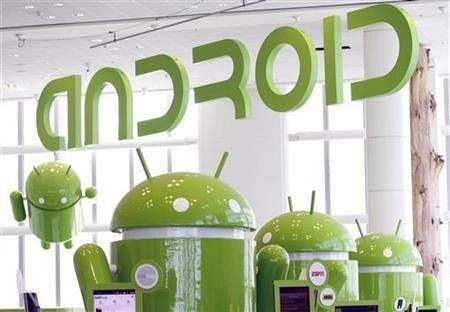Google Nexus 2015 Release Date Update: 3 New Android Game-Changing Features To Watch For

Along with the Nexus 2015 release date, Google is also expected to deliver a new Android, version 5.5 or 6.0, which likely will take the name Muffin. This package will surely come with the so-called game-changing features.
The next Nexus killer features will not only rely on the high-end components that Google will deploy with its 2015 signature phone. How the device will actually behave would be hardcoded with the Android build that will be introduced with it. And three of these game-changers are briefly provided below:
Android apps at 120 frames per second
The web development language DART is reportedly geared up for close integration with the Android platform. It is said that this upcoming Google move will mostly make like easier and more exciting for Android application authors but Android device users will also reap the benefits and Nexus fans are first in line as the usual case.
For the end-users, DART would mean that the 2015 Android tablets and smartphones will be able to run applications at 120 frames per second or fps coming from the current standard of 60fps. But a report from Ars Technica is reminding that the upgrade is mostly forward-looking – latest and upcoming smartphones are on the 60Hz standard and are not expected to breach the mark this year, the tech site said.
But at least, Nexus and Android fans have something great to look forward to once native Android the device and its operating system are unleashed.
Faster web page loading
To complement its Google Wireless, which ensures that Android devices are always connected to the Internet, the tech giant has started the staggered implementation of transcoding. The process, Google said, involves the automatic detection of slow connection that will then prompt the serving of stripped down web pages, Android Authority said.
Transcoding will bring in three quick benefits to Nexus and other Android phone users. One, page loading is boosted four times and actual page viewing is increased by at least 50 per cent. Lastly and the important thing, data usage will be reduced by up to 80 per cent that theoretically will bring down cellular bills.
Enhanced in-house Android apps
One of Google’s continuing efforts is the delivery of better mobile device experience through the company’s in-house applications such as Gmail and Calendar. This year, these apps will be further improved with the help of a company that made its name in the iOS sphere.
Timeful, which according to 9to5Google is a successful iOS developer firm, will soon become a Google portfolio. The acquisition, Google said, is indeed intended to deliver improvements to products and services directly connected to its mobile devices. Quickly, Nexus and Android come to mind as the immediate beneficiary of Google’s latest move.
How exactly these game-changers will impact on the Android world would be known shortly after the Nexus 2015 release date. That will happen, if Google’s previous rollout templates are to be the bases, between October and November this year.
To report problems or leave feedback on this article, email: r.pineda@ibtimes.com.au.





















